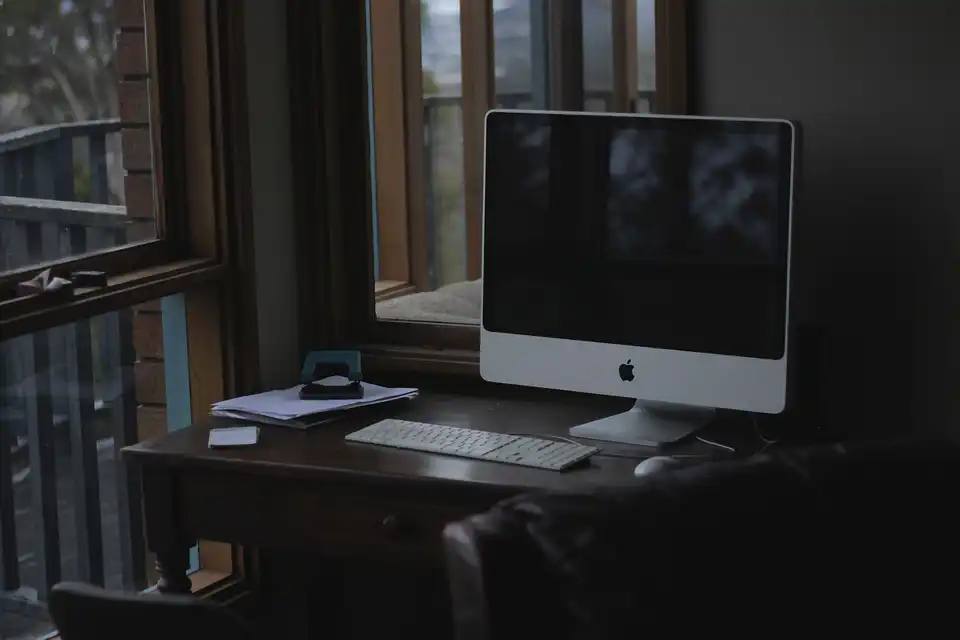AI in the Spotlight
Technological advancements have created a new era, one where artificial intelligence (AI) has taken the center stage. With AI-powered tools increasingly being used to create digital content, questions are emerging about ownership and copyright infringements. One such question is: if an AI program creates an image, who ultimately owns the copyright?
Traditional content creation methods have distinct processes for copyright. The process involves identifying those who made explicit contributions to the work, thereby establishing a clear owner. But when AI is thrown into the mix, it becomes a grey area.

The Problem with AI
AIs have been programmed to learn and imitate human behavior intricately. However, they don't 'create' in the same sense as humans do. When an AI tool generates content, it's the result of a set of inputs and pre-determined algorithms given by its creators, not an act of independent creation.
As such, it can be argued that the AI has not created anything, but rather reproduced or recombined existing works in a new format. So then, who owns the copyright? The developer who created the AI, or the potential hundreds of artists whose work was used to 'teach' the AI?
The OpenAI-Microsoft Partnership
One high-profile highlighting of these issues has come from a recent collaboration between Microsoft and OpenAI. This partnership saw the AI company licensing GPT-3, one of its most powerful language-processing AI models, exclusively to Microsoft. The move drew much attention, raising questions about openness, fairness, and, of course, copyright.
OpenAI, which has long touted its 'free for everyone' philosophy, faced criticism for limiting access to GPT-3. Critics noted that Microsoft's exclusive license might limit the software's use by the broader research community, and thus increase the potential for copyright issues.
Beyond the AI Horizon
The AI world ventures into the uncharted territory of copyright ownership with these image-generating technologies. Moreover, it isn't just about figuring out who gets the credit but also defining boundaries for the AI usage and understanding the technology's true potential.
Generally, copyright protection does not extend to ideas or data. However, if an AI system was taught with copyrighted works, does that constitute infringement, even if the AI-generated output is thoroughly different from the input?
Navigating the Complexity of AI Copyright
Shaping the future of AI will require deep engagement with aspects such as copyright. Viewing AI through a copyright lens brings up some complex questions. For instance, does the dataset you use to train your AI have copyright issues?
Furthermore, how do you ensure you are not infringing on copyright laws when you use an AI to generate images, music, or text? Moreover, who is responsible if an AI violates copyright by using data that it was not programmed to avoid?
Setting a Precedent
Battles over copyright make up a significant part of the legal world. But, when it comes to AI, there are no clear precedents yet. That's partly because AI technology is so new and its possible uses are still being understood.
Another reason is that copyright law is complex, slow to change, and varies from place to place. For example, what is considered fair use in the United States may not be the same elsewhere, or even universally agreed upon. This disparity poses further hurdles in establishing universal rules for AI copyright.
Forward-Looking Solutions
Perhaps the solution to these problems will involve giving AI-created images their own unique copyright status. This could be something similar to how sound recordings were given their specific copyright category when the technology to reproduce sound became widely available.
If this happens, AI image generators would not only be a new technological advance, but a new category of creative license, complete with its specific rules and regulations.
Beyond Technological Boundaries
Technological advancements have a way of challenging our existing understanding and redefining boundaries. AI and related technologies are no exception. Furthermore, AI's ability to create visual information from text descriptions can potentially revolutionize many sectors.
From publishing to fashion design, various industries might gain from this technology's potential. And as AI continues to evolve, we must establish clarity around copyright, not just for AI-developed content, but also for human creators aiming to leverage AI.
Conclusion
Making progress in technology and legislation concurrently is challenging but necessary. Technology develops at an exponential pace, and our laws must keep up with it. As AI grows more advanced and ubiquitous, we need clear guidelines for its use.
From its practical implementation to understanding its scope and limits, navigating the world of AI technology requires careful planning. And as these recent debates over AI and copyright show, it’s never been more important to invest in ensuring those plans are robust and forward-thinking.